Sustainable Textile Options for Interiors: Live Beautifully, Tread Lightly
Why Sustainable Textiles Matter at Home
From Soil to Sofa: The Hidden Footprint
Every fabric carries a story of water, energy, land use, and chemicals, from the crop field or factory to your living room. By choosing smarter textiles, you slash waste, reduce emissions, and keep furnishings out of landfill.
Healthier Indoor Air, Happier Days
Low-VOC dyes, toxin-aware finishes, and reputable certifications can minimize off-gassing that irritates sensitive noses and skin. Natural, breathable fibers improve comfort year-round. Notice a difference? Share your experience so others can learn what truly helps.
A Small Story with Big Results
One renter swapped heat-trapping polyester drapes for a linen-hemp blend and measured a cooler room, fewer headaches, and softer daylight. That single change felt dramatic. What swap made your home healthier? Tell us in the comments.
Natural Fibers Worth Knowing
Organic cotton supports reduced pesticide use, healthier soils, and often better farm stewardship. Seek GOTS certification for credible oversight from field to finished fabric, and ask vendors about dye processes and water treatment before you commit.
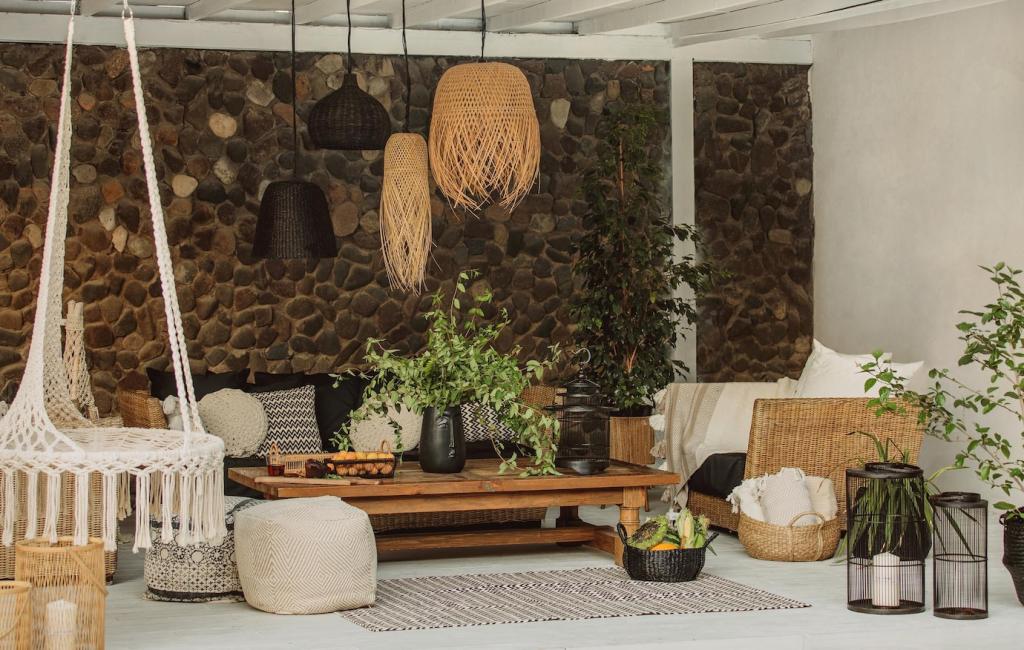
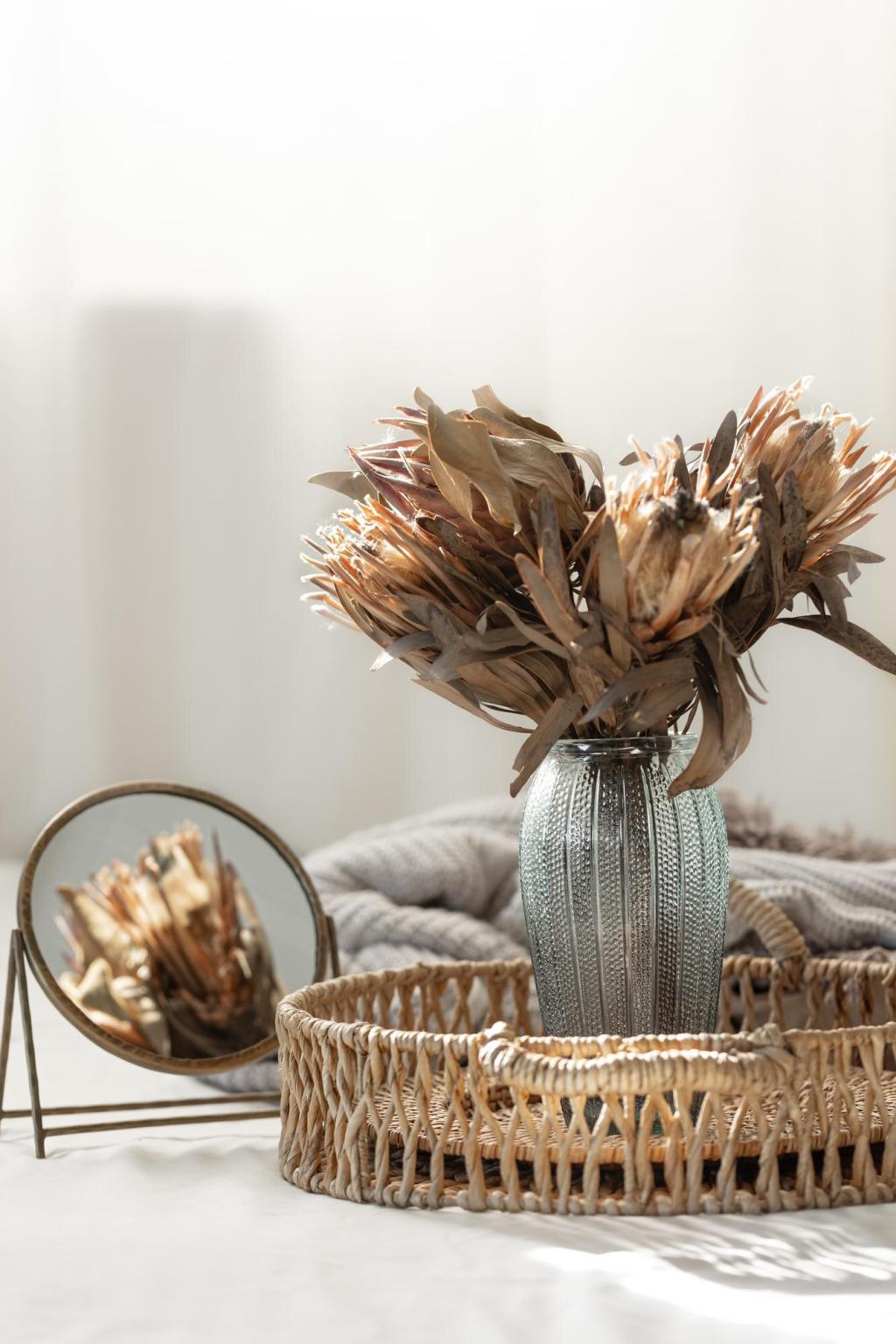
TENCEL Lyocell and Modal
Derived from responsibly managed wood pulp, TENCEL lyocell uses a closed-loop process that recovers most solvents, resulting in silky, breathable fabrics with graceful drape. Great for bedding and curtains. Check fiber percentages when blends are involved.
Recycled Polyester with Fewer Compromises
rPET reduces virgin oil demand and offers hardworking durability, especially in upholstery. Opt for solution-dyed, tightly woven options to lower microfiber shedding, and wash with filtration bags. Have laundering tips that work? Share your best care strategies.
Upcycling and Post-Industrial Treasures
Deadstock yardage, factory offcuts, and vintage bolts transform into standout cushions and headboards. Embrace creative constraints, pair textures, and celebrate visible mending. If you try an upcycled project, tag us or describe your makeover so we can feature it.
Design for Longevity, Not Landfill
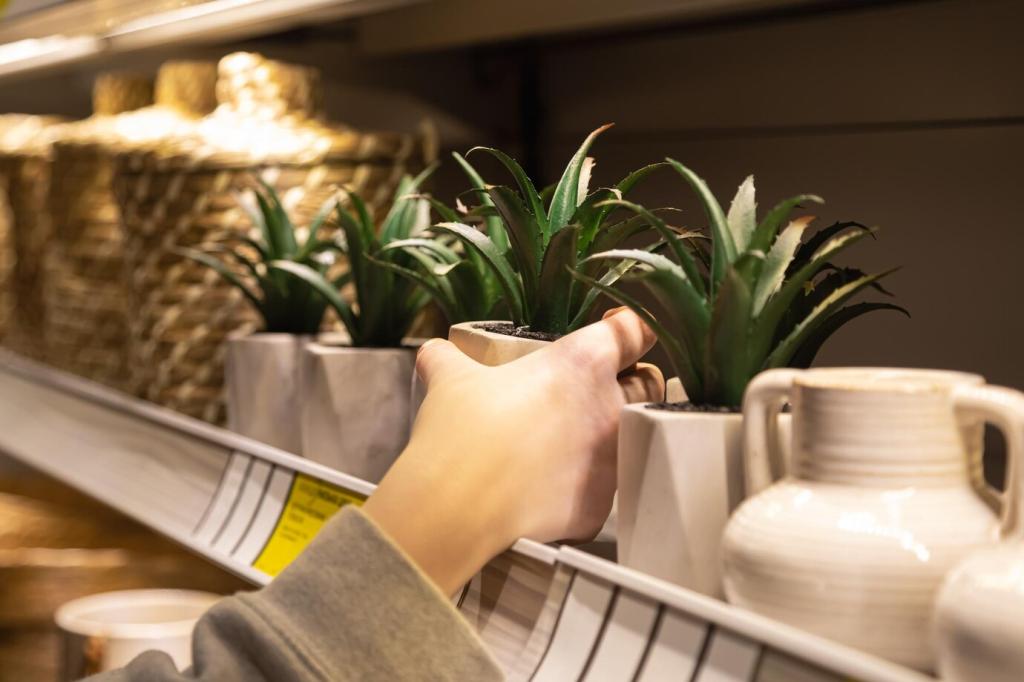
Weave Density, Rub Counts, and Real-Life Use
Match fabric performance to the job: look for Martindale or Wyzenbeek ratings that suit your traffic. Reinforce seams, rotate cushions, and use washable liners. Overspecifying wastes resources; underspecifying invites failure. Balance matters for sustainability and budgets.
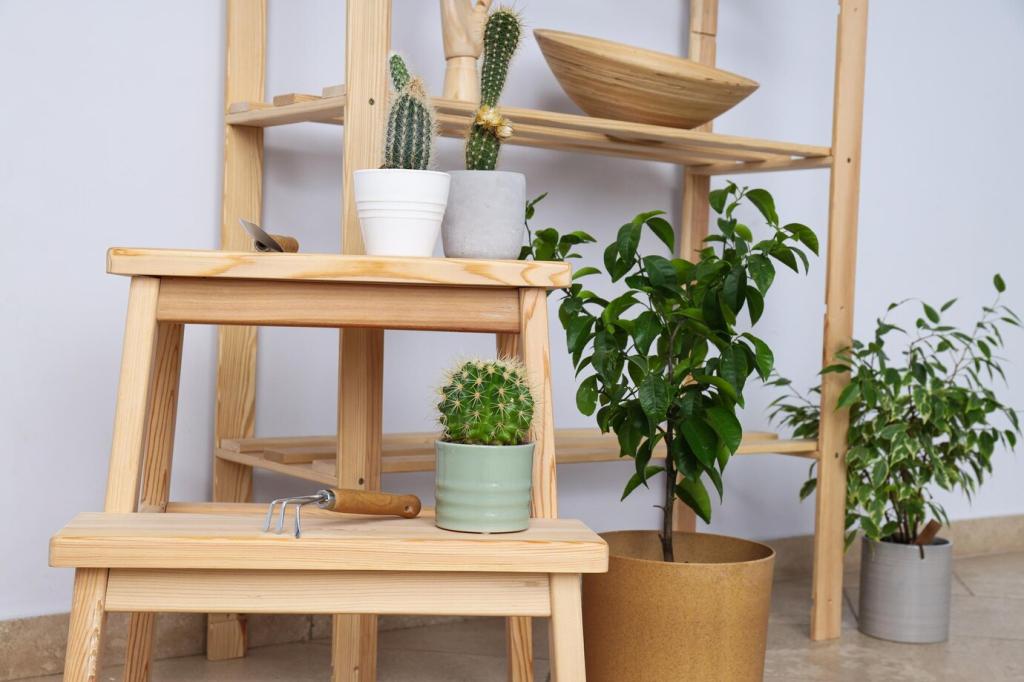
Color That Lasts Without Toxic Baggage
Choose low-impact or plant-based dye systems, then protect color with linings and UV control. Test swatches in sunlight before committing yardage. Fewer repurchases mean fewer emissions. Subscribe for our upcoming lightfastness guide and printable swatch test checklist.
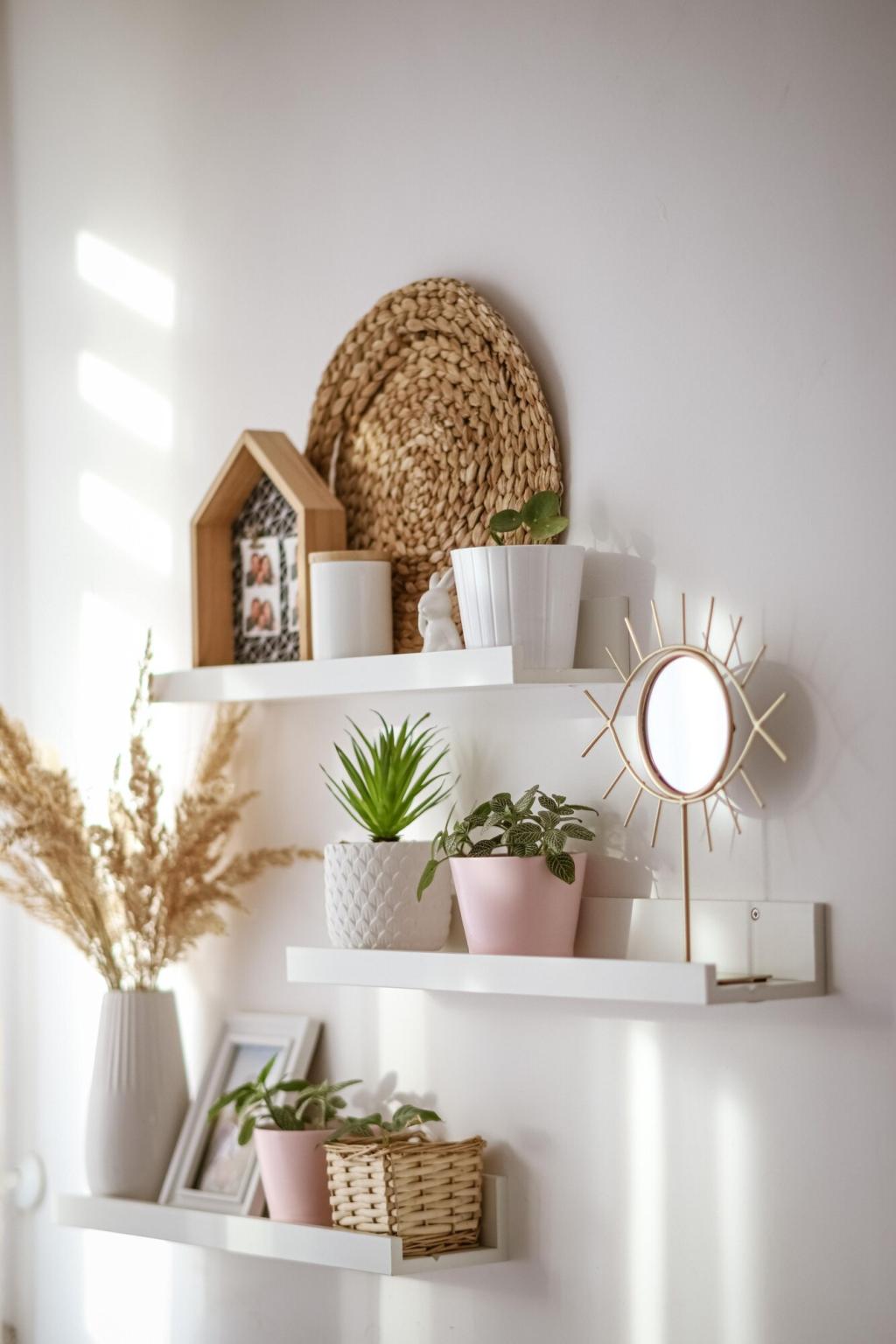
Care, Repair, and Clever Protection
Wash cool with pH-neutral detergents, vacuum upholstery regularly, and spot-clean quickly. Prefer water-based protectants and avoid harsh coatings. Learn basic darning or invisible mending to extend life. Share your best repair win to inspire fellow readers.
Style That Feels Like Home
Combine slubby linen curtains, felted wool throws, and a recycled velvet cushion for plush contrast. Add jute underfoot and timber accents for warmth. Post your palette, and we will suggest complementary sustainable weaves.
Style That Feels Like Home
Floor-to-ceiling linen calms visual noise, softens echoes, and filters glare without heaviness. A tight color story makes studios feel serene. Tried it already? Describe your layout and we will recommend fabric weights to match.
Style That Feels Like Home
Source remnant rolls, join local fabric swaps, and prioritize spend on high-wear items. Test swatches at home before ordering yardage. Follow us for weekly thrifting finds, and share your best bargain so others can celebrate too.
Join our mailing list
